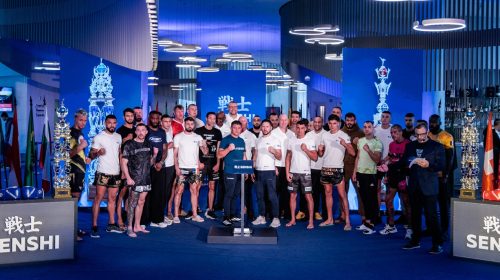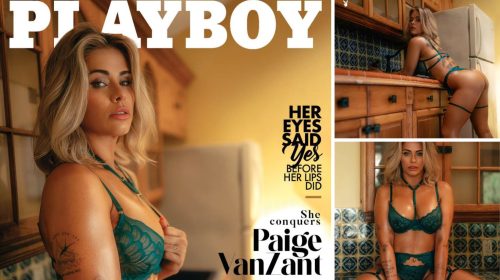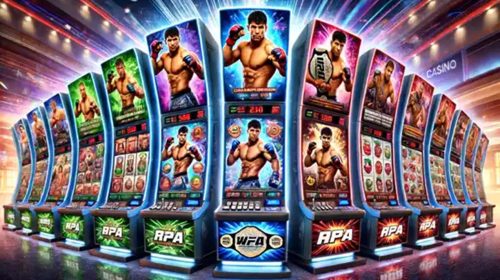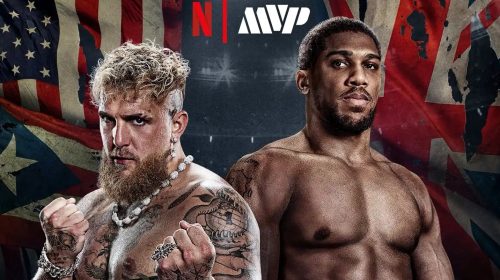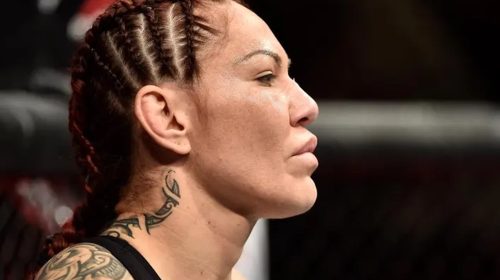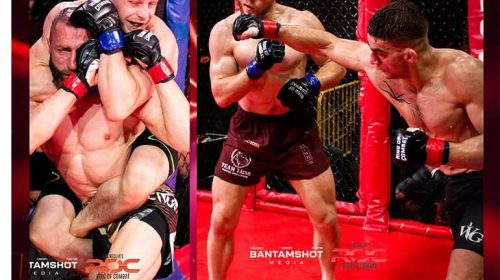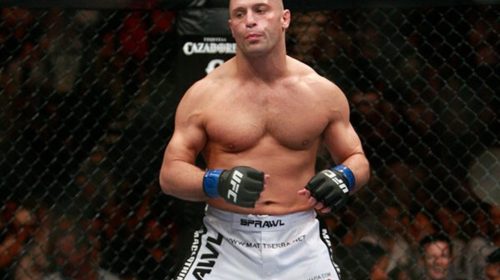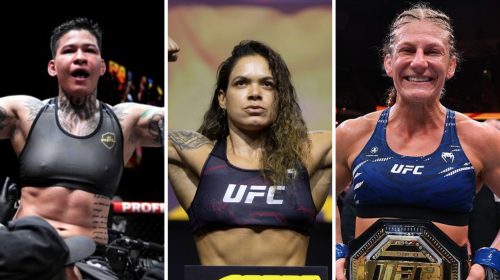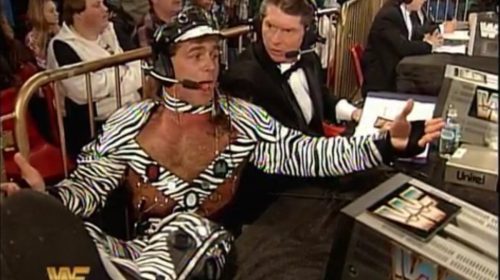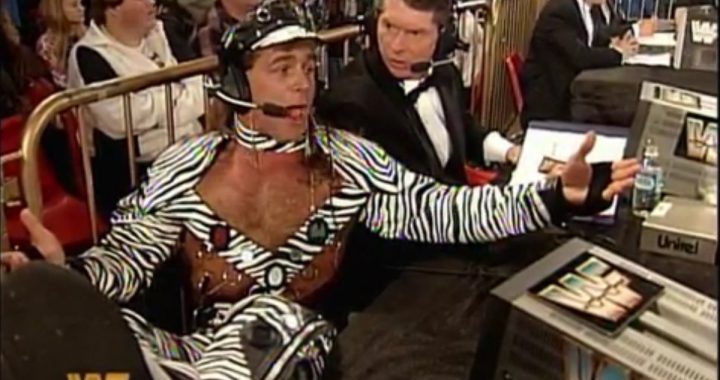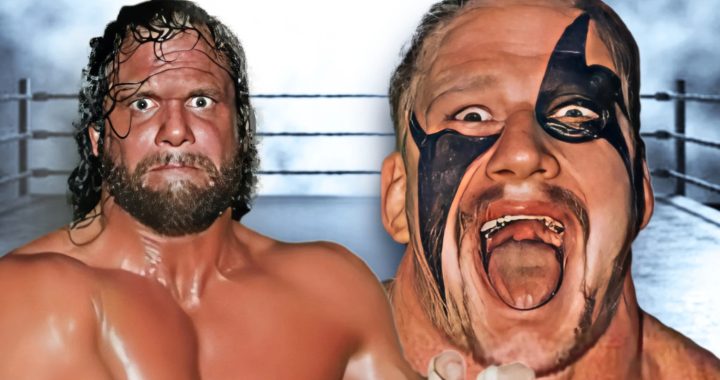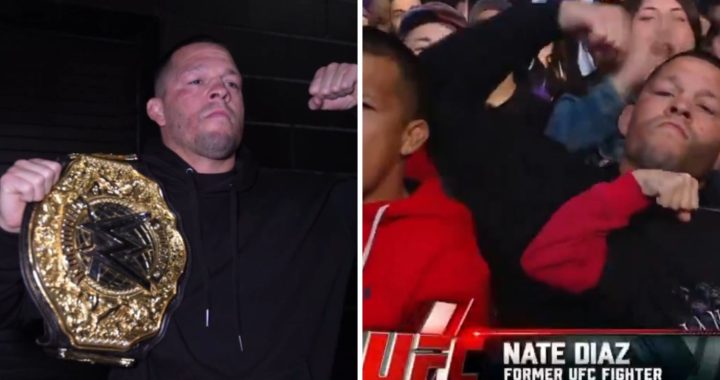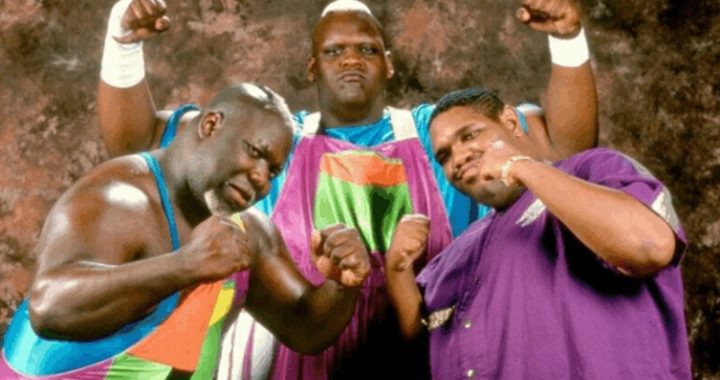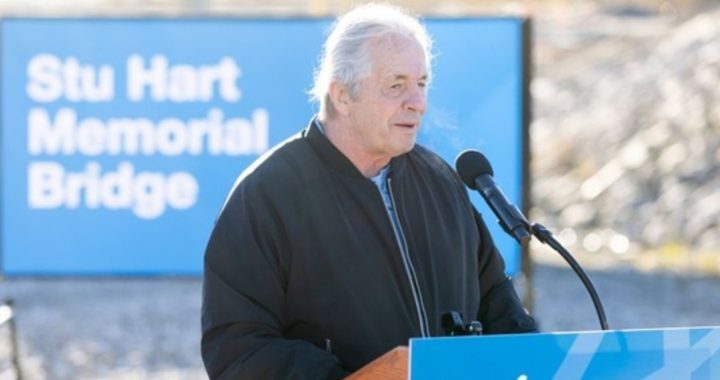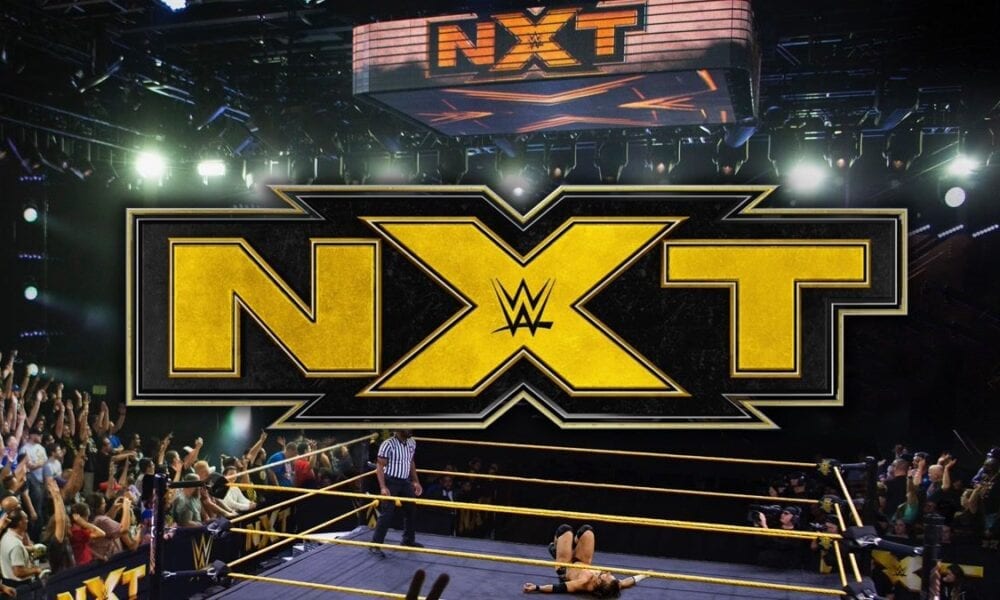
Is WWE NXT’s Rebrand Already In Trouble?
WWE NXT isn’t really WWE NXT anymore. The days of it being WWE’s “punk rock” black and yellow indie brand are over. It was once the most beloved pro wrestling brand in the world, but enormous damage was done to it when it was put on national television on the USA Network and scheduled to run head-to-head with AEW Dynamite. Wrestling fans and journalists got excited about the prospect of a new “Wednesday Night War” – a reference to the Monday Night Wars between WWF RAW and WCW Nitro in the 1990s – but this battle didn’t last for years. It was short, and from WWE’s point of view, it was bloody. NXT lost the war and limped off to Tuesday nights with its tail between its legs.
With hindsight, NXT was in trouble the moment it was taken off the WWE Network and put on television. When it was on the company-owned Network, it was a cult product with a devoted, hardcore following. It was a tightly scheduled, action-packed hour of television each week, culminating in three or four “Takeover” events each year in stadiums with attendances that rivalled anything that the main roster could attract. The brand was hot, and every wrestler in the world wanted to work there. When AEW came along, NXT was treated like a sacrificial pawn. Not only was it thrown onto television, but the format was extended to two hours, and Vince McMahon told head booker Paul “Triple H” Levesque to change his approach to attract casual viewers. The result was a watered-down NXT that offered fewer of the things that fans used to love it for.
AEW, by contrast, offered everything that fans enjoyed about NXT and more. It focused on great wrestling rather than over-the-top characters and favoured skill over size. AEW felt (and still feels) organic; a place where the creative team listens to the audience and gives them more of the people they enjoy seeing. As twelve months passed, AEW’s audience continued to grow while NXT’s dwindled even after moving to a different night. AEW turned the screw by signing CM Punk and Bryan Danielson. Then, in what must have felt like a death blow to everyone involved with NXT, AEW signed Adam Cole. Cole was the most dominant NXT champion of the past three years. He was the show’s standard-bearer. To many viewers, he was the face of the brand. Unforgivably, he’d been left free to join AEW because of a clerical error with his WWE contract. Cole took the opportunity to work for the up-and-coming company – a decision that was probably made easier because his partner Britt Baker already worked there – and NXT was left devastated. His departure left NXT looking battered and stale. Something had to change – and so it has.
It’s impossible for anybody outside WWE to know who’s really in charge of the dramatic changes we’ve seen to NXT within the past month. The company wants you to believe that Triple H and Shawn Michaels are still in charge. The fact that the colour scheme has been changed and the rock music intro has been thrown out in favour of rap music suggests otherwise. There have been rumours for a while that Vince McMahon, Bruce Pritchard, and Kevin Dunn have taken a keen interest in the “rebranding” of the developmental show, and the evidence suggests the rumours are true. Aside from the cosmetic changes, many recent Triple H hires have been let go from the company, including Leon Ruff and Bronson Reed, both of whom had reigns with the NXT North American Championship within the past twelve months.
Part of the focus of the NXT changes is to get back to the idea of the company being “developmental” for the main rosters of RAW and SmackDown. This is the idea NXT was born from, but over time it became a “third brand,” the status of which was secured by NXT’s victory over RAW and SmackDown at the 2019 Survivor Series. Levesque filled many of the spots in this new “third brand” with veterans of the indie scene and smaller wrestlers. It’s those wrestlers who’ve either been shown the door or are likely to be shown the door in the months to come. The new directive at NXT is apparently that new hires should be in their 20s, large, and muscular. Women should be attractive. If anything, having indie experience is seen as a drawback. WWE would prefer to hire athletes from other sports and develop them within the company’s Performance Centre in Florida.
On paper, none of this is necessarily a bad idea. The brand desperately needed new blood, and it’s getting it. The company’s younger talent needed television exposure and experience, and they’re getting it. There’s still a problem, though, and that’s the execution of the idea. Television industry statistics tell us that NXT has the oldest audience of any professional wrestling show, with the vast majority of viewers above the age of 50. Confusingly, NXT feels like it’s pitched at children. The bright lights make the “NXT Arena” feel like a television game show studio. The dayglo colour scheme is both childish and retro at the same time. Most egregious of all, though, are the names that are being given to the new stars.
The biggest case in point is Bronson Rechsteiner, the son of Rick Steiner and nephew of Scott Steiner. While in developmental, he was given the name “Rex Steiner,” which is a name WWE can trademark and also identifies him as a second-generation wrestler. For reasons that perhaps only Vince McMahon understands, Steiner was repackaged the day he made his television debut and given the absurd name “Bron Breakker.” Similar treatment was given to second-generation talent Cal Bloom, who is now “Von Wagner.” Parker Boudreaux, who has one of the most unique names in the world and has a striking resemblance to Brock Lesnar, has been debuted with a shaved head, dressed up like Uncle Fester and given the name “Harland.”
The comic-book names sound and feel like a throwback to the 1980s or early 1990s when every WWF wrestler had an over-the-top gimmick and a ridiculous name. Combine that with the dayglo colours, and it feels like we’re back in the “New Generation” era when King Mabel was a main event talent and Diesel had a year-long run with the world championship. WWE is fond of trading on its long and glorious past. We can see that with the recently-released “WWE Legends Link And Win” online slots game, which eventually went live in September 2021 after months of delays. It’s notable that WWE has chosen to use its stars of the past to persuade people to play its online slots game rather than its stars of the present. The introduction to every WWE television show features a short video clip of legends from the company’s heyday. The New Generation era, though, is not where most of those legends come from. By harking back to it, Vince McMahon might be taking a bigger gamble than anyone who ever plays that WWE-themed online slots game. He also appears to have forgotten something important – the New Generation era almost drove the company to bankruptcy.
After comparatively high ratings for the first two weeks of the rebrand driven by customer curiosity, viewing figures have already begun to dip. Responses on social media are largely unfavourable. “Bron Breakker” – who looks good enough to have a long and successful career in the business – already has a setback to overcome at this early stage, thanks to the goofy name. This rebranding operation is already in trouble, and nobody knows what the future will look like if it fails.

